Introduction
The art of jelly-making has captivated home cooks and professional chefs alike for centuries, offering a delightful blend of texture, flavor, and visual appeal. Traditionally, jellies rely on gelling agents like gelatin, agar-agar, or pectin to achieve their characteristic firm yet wobbly consistency. However, a recurring question in modern kitchens is whether alternative ingredients, such as white starch, can serve as a substitute. This article delves into the science behind starch-based thickening, compares it to conventional gelling agents, and explores the culinary possibilities and limitations of using white starch to create jelly-like desserts.
Understanding White Starch: Composition and Role in Cooking
White starch, a carbohydrate derived from plants like corn, potatoes, rice, or tapioca, is a pantry staple across the globe. Its primary function in cooking is as a thickening agent. When heated in the presence of liquid, starch granules absorb water, swell, and eventually burst, releasing amylose and amylopectin molecules. These molecules form a mesh-like network that traps liquid, creating a viscous, opaque mixture. This process, known as gelatinization, is the basis for sauces, gravies, puddings, and custards.
Common types of white starch include:
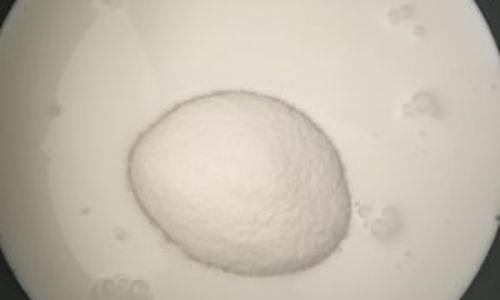
- Cornstarch: A fine, powdery starch derived from corn kernels, widely used in Western cooking.
- Potato starch: Extracted from potatoes, it has a neutral flavor and high thickening power.
- Tapioca starch: Made from the cassava root, it imparts a glossy finish and is popular in Asian and Latin American cuisines.
The Science of Jelly Formation: Gelatin vs. Starch
To determine if white starch can replace traditional gelling agents, it is essential to understand how jellies set. Gelatin, derived from animal collagen, forms a thermo-reversible gel. When dissolved in hot liquid and cooled, its protein chains entangle, creating a three-dimensional network that traps water. This results in a firm, elastic texture that melts in the mouth.
Agar-agar, a vegetarian alternative derived from seaweed, operates differently. Its polysaccharide molecules form a rigid gel at room temperature, requiring less liquid than gelatin and offering a crisper texture. Pectin, found in fruits, sets through hydrogen bonding and calcium interactions, yielding a softer, fruit-based jelly.
Starch, in contrast, does not form a true gel. Instead, it creates a thickened suspension that remains stable at refrigerator temperatures but lacks the elasticity and structural integrity of gelatin-based jellies. While starch can mimic some aspects of jelly’s texture, it produces a softer, more viscous consistency akin to pudding or custard.
Can White Starch Create a Jelly-Like Texture?
The short answer is: partially, but not identically. White starch can thicken a liquid to a gel-like consistency, but the result differs fundamentally from traditional jelly. Here’s a breakdown of the key distinctions:
-
Texture: Starch-thickened mixtures are opaque and creamy, lacking the translucent, bouncy quality of gelatin jellies. They also tend to weep liquid over time, a phenomenon known as syneresis, which is uncommon in properly set gelatin or agar jellies.
-
Heat Stability: Gelatin melts at body temperature (around 35°C/95°F), contributing to its melt-in-the-mouth texture. Starch-based desserts remain firm until heated above 80°C (176°F), making them more heat-resistant but less delicate.
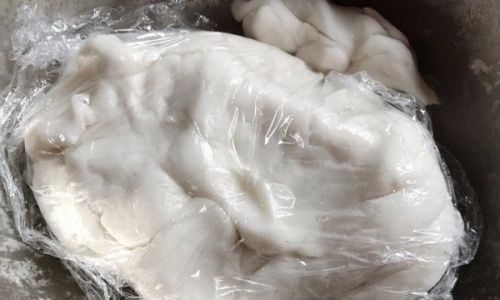
-
Freeze-Thaw Stability: Starch mixtures may separate or become grainy when frozen and thawed, whereas gelatin and agar jellies maintain their structure.
-
Flavor Release: Gelatin’s neutral profile allows flavors to shine, while starch can sometimes dull taste perceptions due to its thickening effect.
Culinary Applications of White Starch in Jelly-Like Desserts
While white starch cannot replicate traditional jelly, it offers unique advantages in specific recipes:
-
Soft Set Desserts: Starch is ideal for creating panna cotta-like textures or mousse alternatives. For example, a mixture of milk, sugar, and cornstarch, cooked gently and chilled, yields a silky, spoonable dessert.
-
Layered Parfaits: Thickened starch layers can be interleaved with fruit compotes or whipped cream for visually striking desserts.
-
Vegan Alternatives: In recipes where gelatin is undesired, starch provides a plant-based thickening solution, though the texture will differ.
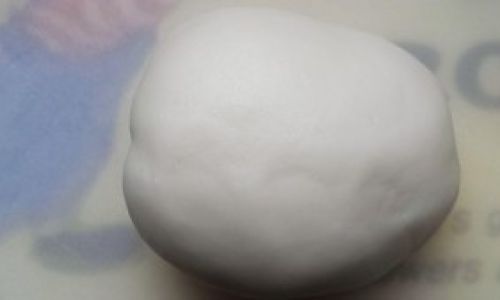
-
Hot Desserts: Starches excel in warm preparations like bread pudding or crème brûlée, where their heat stability prevents separation.
Optimizing Starch-Based Jelly: Tips and Techniques
To achieve the closest approximation of jelly using white starch, consider the following guidelines:
-
Starch Selection:
- Cornstarch: Offers a neutral flavor and smooth texture but may become chalky if overcooked.
- Potato Starch: Provides a clearer finish than cornstarch and withstands acidic ingredients better.
- Tapioca Starch: Yields a glossy, translucent result, ideal for fruit-flavored desserts.
-
Proportions:
- For a soft set, use 1–2 tablespoons of starch per 1 cup (240ml) of liquid.
- Increase to 3–4 tablespoons for a firmer texture, though it will still lack the bounce of gelatin.
-
Cooking Method:
- Whisk starch with a small amount of cold liquid to prevent lumps before adding to the main mixture.
- Cook over medium heat, stirring constantly, until the mixture thickens and coats the back of a spoon (typically 2–3 minutes).
- Avoid boiling, as prolonged heating can break down starch molecules, causing thinning.
-
Flavor Enhancements:
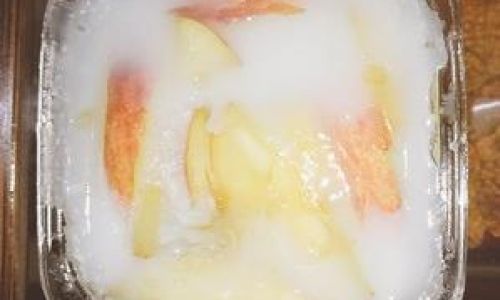
- Add a pinch of salt to balance sweetness.
- Incorporate vanilla, citrus zest, or spices during cooking for aromatic depth.
- Fold in whipped cream or yogurt post-cooking for a lighter texture.
Comparative Analysis: Starch vs. Traditional Gelling Agents
To illustrate the differences, let’s compare a classic vanilla pannacotta (gelatin-based) with a starch-thickened alternative:
| Aspect | Gelatin Pannacotta | Starch-Thickened Alternative |
|---|---|---|
| Texture | Firm, wobbly, melts in the mouth | Soft, creamy, spoonable |
| Appearance | Translucent, glossy | Opaque, matte |
| Cooking Time | 5–10 minutes (chilling required) | 15–20 minutes (immediate set) |
| Heat Sensitivity | Melts at 35°C (95°F) | Stable up to 80°C (176°F) |
| Freeze-Thaw | Maintains structure | May separate or become grainy |
Cultural Context: Starch in Global Desserts
While starch may not replicate Western-style jelly, it plays a central role in numerous traditional desserts worldwide:
- Asia: Tapioca pearls in bubble tea, mango pudding with cornstarch, and Korean dduk (rice cake) showcase starch’s versatility.
- Europe: Crème pâtissière, thickened with cornstarch or flour, is a cornerstone of French pastry.
- Latin America: Tres leches cake often uses a starch-thickened custard for moisture.
Health and Dietary Considerations
Starch-based desserts offer advantages for specific dietary needs:
- Gluten-Free: Cornstarch and potato starch are naturally gluten-free.
- Vegan/Vegetarian: Eliminates the need for animal-derived gelatin.
- Lower Calorie: Starch thickens with less fat than traditional custards.
However, starch is high in carbohydrates, which may be a concern for diabetic or low-carb diets.
Troubleshooting Common Issues
- Lumpiness: Ensure starch is fully dissolved in cold liquid before heating.
- Thinning: Overcooking breaks down starch; cook until just thickened.
- Grittiness: Use fine-grind starch and sift if necessary.
- Weeping: Avoid excessive stirring post-cooking; let the mixture set undisturbed.
Innovative Recipe: Starch-Based Tropical Jelly
This recipe combines the best of starch and fruit for a refreshing, layered dessert:
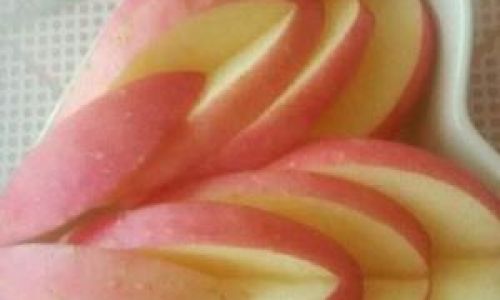
Ingredients:
- 2 cups coconut milk
- ½ cup mango puree
- ¼ cup passion fruit juice
- ¼ cup sugar
- 3 tbsp tapioca starch
- 1 tbsp lime zest
- ¼ tsp salt
Instructions:
- In a saucepan, whisk 1.5 cups coconut milk, sugar, salt, and 2 tbsp tapioca starch. Cook over medium heat, stirring, until thickened (5–7 minutes).
- Divide the mixture into two bowls. Stir mango puree into one bowl and passion fruit juice into the other.
- In a separate pan, whisk remaining coconut milk, lime zest, and 1 tbsp tapioca starch. Cook until thickened.
- Layer the mixtures in glasses, alternating flavors. Chill for 2 hours before serving.
Conclusion: Redefining Jelly in the Modern Kitchen
While white starch cannot replicate the exact texture of gelatin or agar-based jellies, it opens doors to innovative, accessible desserts with their own unique charm. By understanding its properties and limitations, home cooks can experiment with starch to create soft, creamy treats that cater to dietary preferences and culinary creativity. Whether you’re crafting a vegan parfait, a layered tropical delight, or a comforting pudding, white starch proves to be a versatile ally in the quest for delicious, texture-rich desserts. Embrace its potential, and you may discover that the line between jelly and starch-thickened bliss is delightfully blurred.
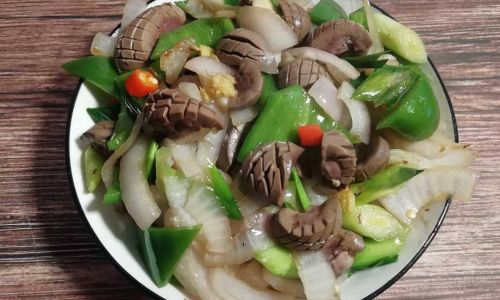

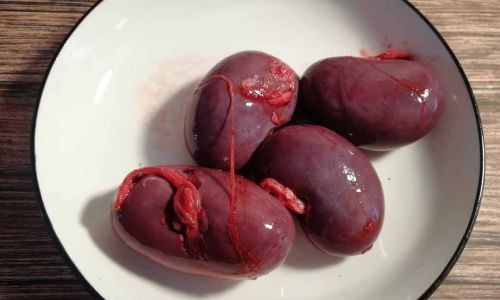
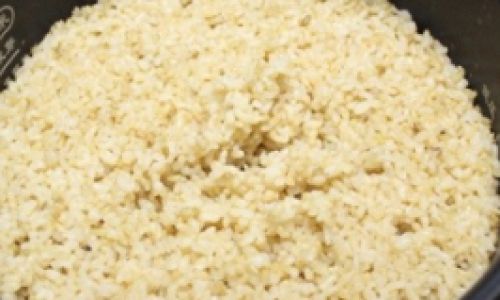
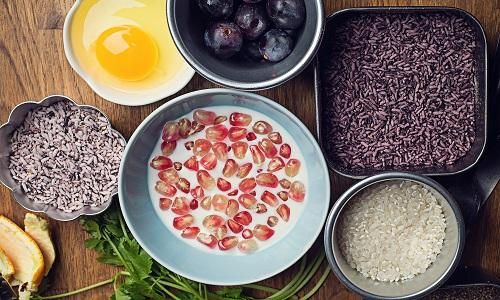
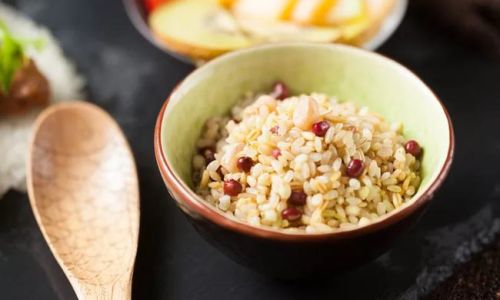
0 comments